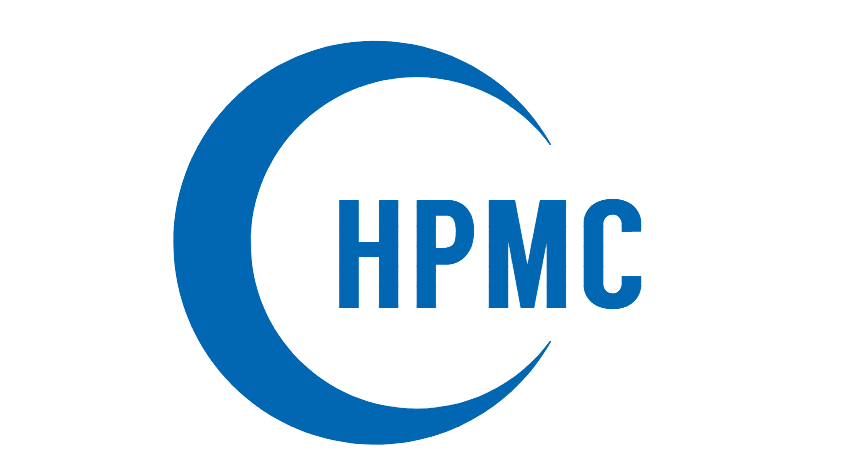HPMC manufacturer-Common test methods for water retention properties of hydroxypropyl methylcellulose
The main reason why hydroxypropyl methyl cellulose is widely used is its water retention, the water retention performance directly affects the quality of hydroxypropyl methyl cellulose, hydroxypropyl methyl cellulose ether in hot and high temperature conditions, is one of the indicators to identify the quality of cellulose ether, humidity, temperature and wind speed and pressure will more or less affect the play of water in cement mortar gypsum products Therefore, in different seasons, adding the same amount of hydroxypropyl methyl cellulose, the effect of water retention is still a little different, in the specific use of the process, may be through increasing or reducing the amount of cellulose admixture, so as to adjust the effect of water retention mortar material. In the hot and hot weather, especially the construction of the sunny side of the thin layer construction, need hydroxypropyl methyl cellulose to improve the water retention of the slurry, high-quality cellulose water retention performance, uniformity are better, it can improve the hydroxyl and ether bonds on the oxygen atom and water to form hydrogen bonding ability, so that free water into bonded water, so it can effectively control the evaporation of water caused by hot weather, to achieve high water retention performance. So how do we test the water retention of hydroxypropyl methylcellulose?
First, the specific time from its surface drying also measure the method of water retention performance.
This method is mainly to mix the mortar scraped on the asbestos cement board, the thickness of the scraping needs to be controlled at 3mm, and then tested, there are two methods of detection, one, finger touch method, that is, a clean finger, every certain time lightly touch the surface of the mortar, if you feel some sticky mortar surface, but there is no mortar sticky fingers, then the surface can be considered dry. The longer the interval, the better the water retention performance of hydroxypropyl methylcellulose. Second, the skim cotton ball test method, is gently placed on the surface of the mortar a skim cotton ball, every once in a while, use the mouth along the horizontal direction lightly blow the ball, the mouth distance from the cotton ball 10-15cm can be, if you can blow away the cotton, and the mortar surface does not leave the cotton, then the surface is considered dry, of course, the longer the interval between the water retention performance is better.
Second, the use of filter paper detection method
The test method of filter paper is mainly through the water absorption of filter paper, to determine the specific water retention performance of hydroxypropyl methylcellulose, by a certain height of the metal ring test mold, glass pallets, and filter paper composition, in the test mold below the six layers of filter paper, which in the first layer of filter paper for fast filter paper, as for the other five layers of filter paper, for slow filter paper, using precision balance for weighing, first weighing pallets and The weight of the five layers of slow filter paper, then pour the mortar into the test mold after mixing, and pay attention to scrape flat, then need to be placed for 15 minutes, then weighing, first weighing the pallet and the five layers of slow filter paper. There is a well-established formula.
M=(m1-m2)/S
M- water loss, g/mm2
m1-weight of pallet + 5 layers of slow filter paper (g)
m2 - weight of pallets + 5 layers of slow filtering filter paper after 15 minutes (g)
S-area of the test mold mm2
This can also be done directly to observe the degree of water absorption of the filter paper, if the lower the water absorption rate of the filter paper, it also means that the better the water retention. This test method is very simple, usually companies can meet their experimental conditions.
Third, vacuum testing water retention method
The water in the slurry after pumping and the water in the slurry before pumping
This test method is mainly in the test, add water to mix the mortar to fill the funnel, and then placed on the filter bottle, and then start the vacuum pump, in the negative pressure of (400 ± 5) mm Hg column, for 20 minutes of filtration. Then, the water retention rate was calculated according to the water volume in the slurry before and after filtration as follows.
Water retention rate (%) = (water in the slurry after filtration / water in the slurry before filtration) × 100
This method of vacuum testing water retention rate, the measurement of water retention rate is more accurate, and the error is very small, but the disadvantage is also very obvious, the need for special instruments and equipment, its investment is relatively large.
In a word, in the above three methods, for the filter paper test method and surface drying specific time measurement of water retention method is more commonly used, but also more convenient and simple, the user can use the above methods to make a relative judgment of hydroxypropyl methylcellulose water retention. At present, we do not have the relevant hydroxypropyl methyl cellulose ether water retention testing methods, for hydroxypropyl methyl cellulose manufacturers generally do not provide detailed technical parameters, which gives the need for specific water retention performance of the user has brought a lot of inconvenience, with reference to some other testing methods, summarized above several cellulose ether retention testing methods, for user reference only.
